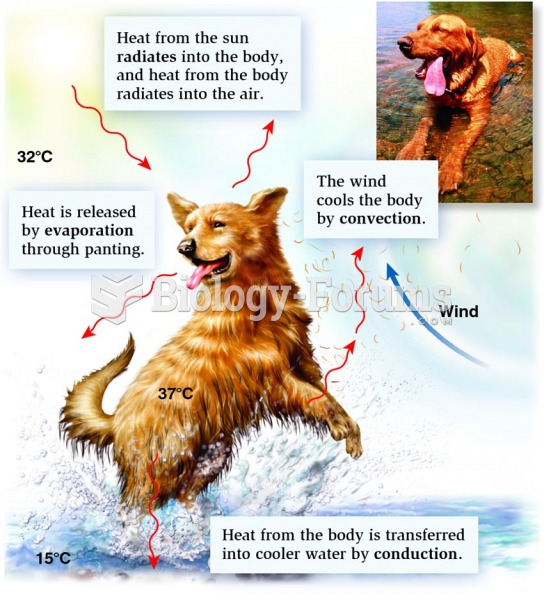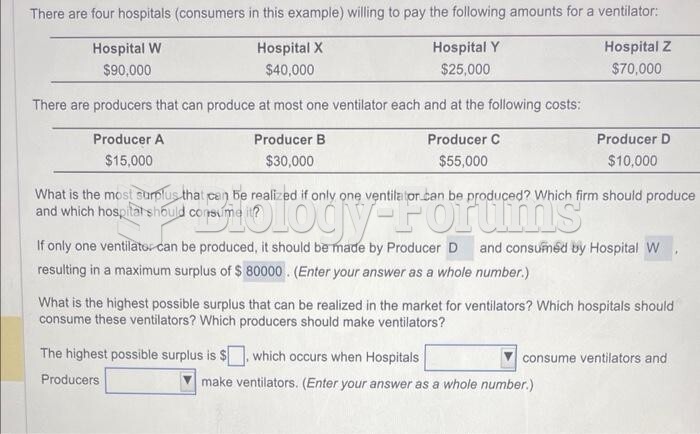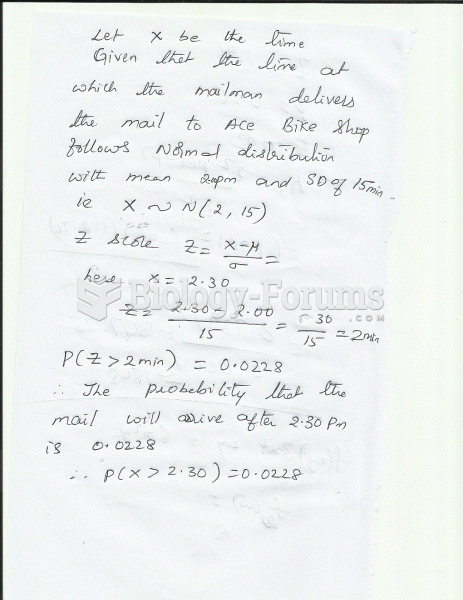Many e-mail users receive annoying amounts of junk mail, or spam. Experts recommend five ways to reduce the amount of spam in the in-box. First of all, an e-mail address should not be displayed in public. That includes in newsgroups, chat rooms, websites, or online services' membership directories. Second, computer users should check the privacy policy when they submit an address to a website to see if it allows the company to sell the address. Opting out of this provision, if possible, or deciding not to submit an address at all to a website that won't protect it are both good ways to prevent spam. Using two e-mail addresses, one for personal messages and one for newsgroups and chat rooms, is a third way to cut down on spam. A separate, disposable e-mail address can forward e-mail to a permanent account. When one of the disposable addresses begins to receive spam, it can be shut off without affecting the permanent address. Fourth, experts recommend using a unique e-mail address. The choice of e-mail addresses may affect the amount of spam received because spammers use dictionary attacks to sort through possible name combinations at large Internet Service Providers (ISPs) or e-mail services, hoping to find a valid address. Thus, a common name such as jdoe may get more spam than a more unique name like jd51x02oe. Fifth and finally, installing an e-mail filter can provide a tool to filter out potential spam or a way to channel spam into a bulk e-mail folder. These options should affect the choice of which ISP to use.
The purpose of this paragraph is to
A) explain how to reduce spam e-mail messages.
B) inform readers about spam.
C) convince spammers to stop sending spam.
Question 2
Many e-mail users receive annoying amounts of junk mail, or spam. Experts recommend five ways to reduce the amount of spam in the in-box. First of all, an e-mail address should not be displayed in public. That includes in newsgroups, chat rooms, websites, or online services' membership directories. Second, computer users should check the privacy policy when they submit an address to a website to see if it allows the company to sell the address. Opting out of this provision, if possible, or deciding not to submit an address at all to a website that won't protect it are both good ways to prevent spam. Using two e-mail addresses, one for personal messages and one for newsgroups and chat rooms, is a third way to cut down on spam. A separate, disposable e-mail address can forward e-mail to a permanent account. When one of the disposable addresses begins to receive spam, it can be shut off without affecting the permanent address. Fourth, experts recommend using a unique e-mail address. The choice of e-mail addresses may affect the amount of spam received because spammers use dictionary attacks to sort through possible name combinations at large Internet Service Providers (ISPs) or e-mail services, hoping to find a valid address. Thus, a common name such as jdoe may get more spam than a more unique name like jd51x02oe. Fifth and finally, installing an e-mail filter can provide a tool to filter out potential spam or a way to channel spam into a bulk e-mail folder. These options should affect the choice of which ISP to use.
The subject of this paragraph is
A) e-mail. B) the features of spam. C) reducing spam e-mail messages.







